Marine Science
Warming up for the deep dive
Devilrays soak up the sun’s heat then make some of the deepest and fastest dives ever recorded in the ocean.

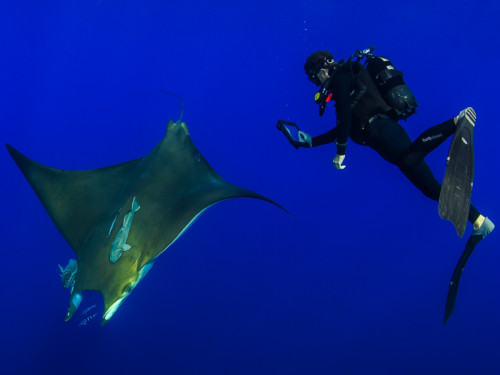
The expensive tags come off the rays at a programmed time and start transmitting information on temperature, depth, light and location via a satellite link
© Tane Sinclair-Taylor
Devil rays have long been thought of as ocean surface dwellers, enjoying the warmer waters near the surface where they are often seen. But after tracking a group for months, scientists show these large, winged fish are some of the best divers of the ocean and have special adaptations for such deep fast dives.
Researchers from KAUST, with international colleagues from the US and Portugal, used specially modified darts to attach tags to 15 Chilean devil rays (Mobula tarapacana) to record their movement for up to nine months1. About then the tags would come off and float to the surface, transmitting their data in small fragmented bursts to a satellite.
“We know little about this species and so our job was to piece together this information and reconstruct the animals’ behaviors,” explains Michael Berumen, from KAUST’s Red Sea Research Center. “It’s a bit like putting together a puzzle.”
Devil rays were shown to make regular journeys to nearly 2,000 meters below the surface — depths that would normally crush a submarine, and temperatures lower than 4 degrees Celsius. They did these dives daily at blazing speeds of 22 Km/h, which is similar to or faster than the fastest fish or marine mammals.
As the researchers collected the data the findings were surprising. “I was analyzing the data as it came in and was shocked to see how deep they were diving,” said Camrin Braun, a former KAUST master’s student. “Then when I calculated their diving speed, I thought I’d made a mistake. It was pretty exciting when we crunched the numbers a second time and confirmed how fast they can dive.”
Travelling to depths at rapid speeds requires some adaptation. Scientists have long been puzzled by the presence of a network of blood vessels around the devil ray’s brain called rete mirabile which usually keeps the brains of animals warm — it did not make sense for a creature that usually basks under the sun.
Berumen suggests that this adapted organ helps direct heat generated by the rays’ large muscles during their rapid dives towards the brain. This heat keeps the brain warm and the rays’ eyesight sharp — making them keen hunters at these depths which may be rich with fish or squid. In between dives the devil rays would bask in the sun, warming up for the next dive.
With so much basic science unknown — and these rays are increasingly hunted for use in alternative medicine in Asia — this research adds a vital piece of the biological puzzle. “It is a difficult prospect to protect animals when we are still relatively ignorant of their behavior and ecology,” says Berumen, adding that he is hopeful these new findings will help international conservation efforts.
References
- Thorrold S.R., Afonso, P., Fontes, J., Braun, C.D., Santos, R.S., Skomal, G.B., Berumen, M.L. Extreme diving behaviour in devil rays links surface waters and the deep ocean. Nature Communications 5, 4274 (2014). | article
You might also like
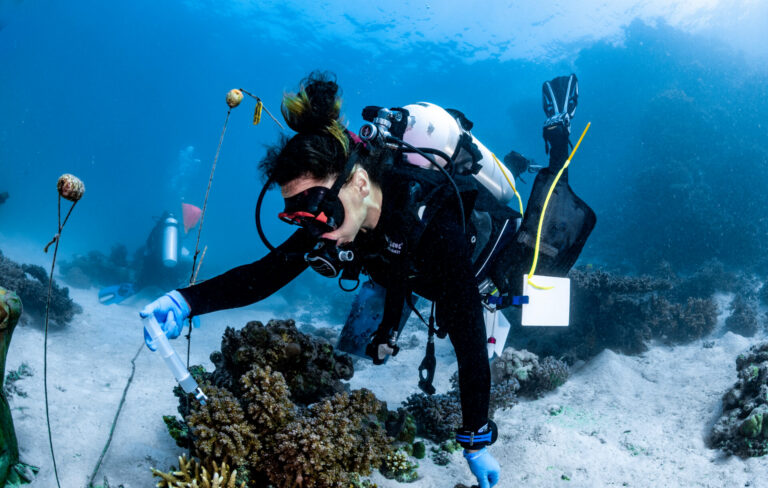
Marine Science
A place to trial hope for global reef restoration
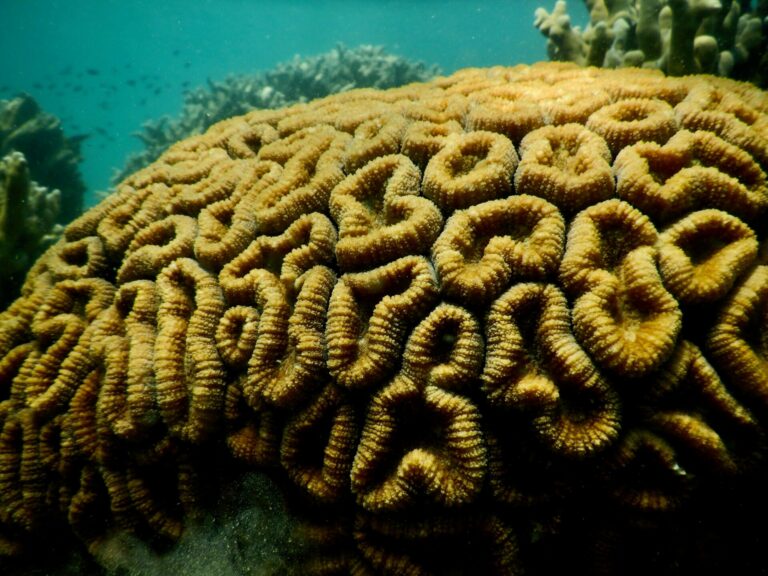
Marine Science
Reef-building coral shows signs of enhanced heat tolerance

Marine Science
Plastic-munching bacteria found across the seven seas
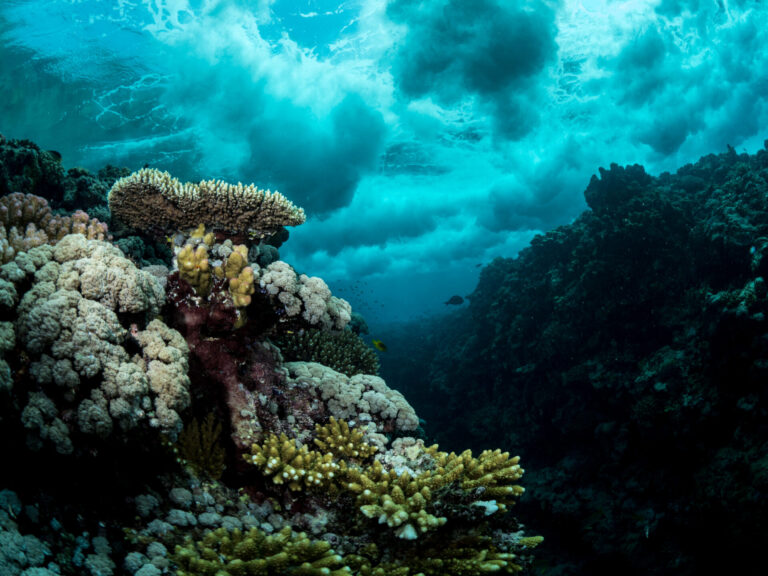
Marine Science
AI reveals the universal beauty of coral reef growth
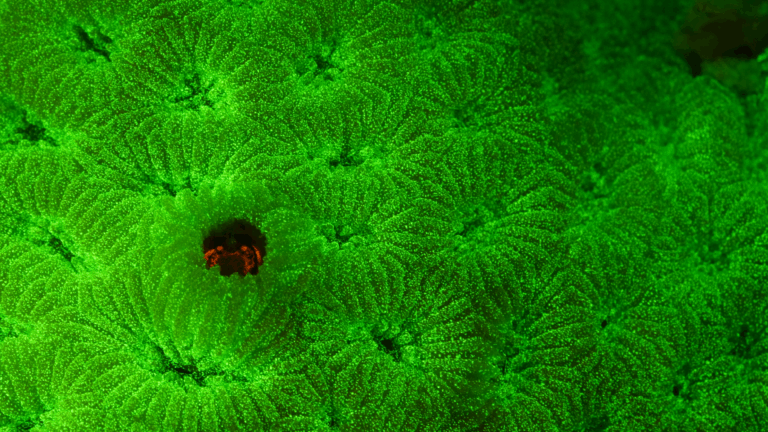
Marine Science
Tiny crabs glow to stay hidden
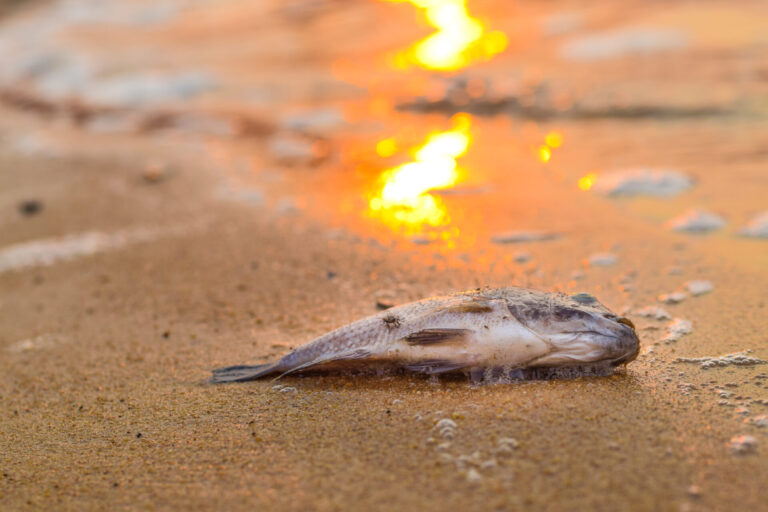
Marine Science
Mass fish deaths linked to extreme marine heatwave in Red Sea
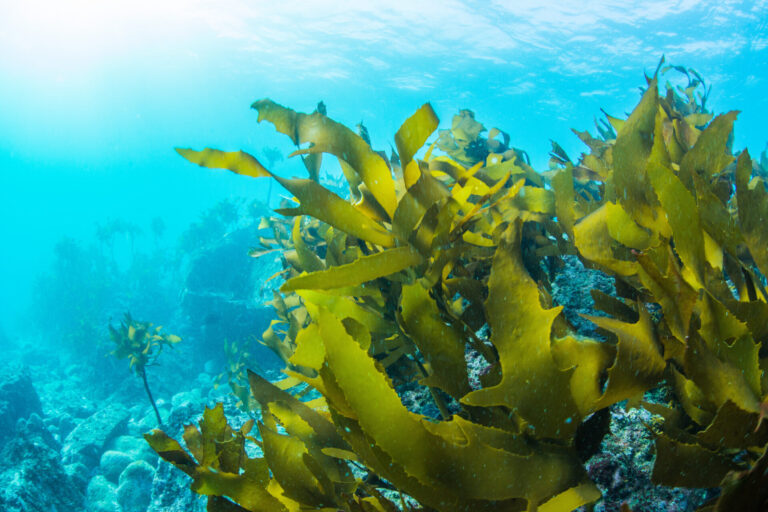
Marine Science
Weeding out the secrets of Red Sea macroalgae

Bioscience



